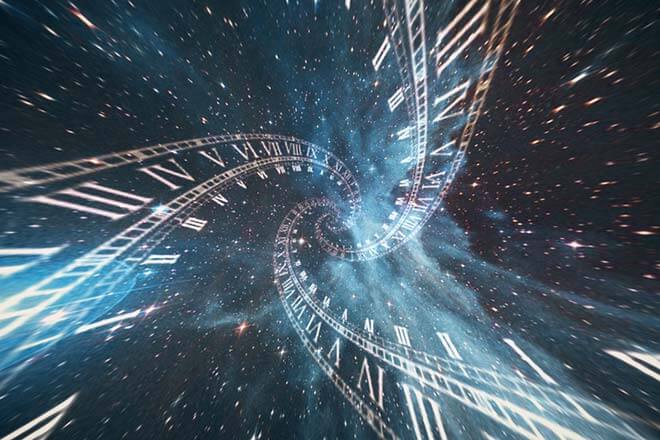A New Dawn in Physics: Light Born from Emptiness
Imagine a universe where light materializes from nothingness, not as a metaphor, but as a physical reality. This is no longer the realm of science fiction. Researchers from the University of Rostock and the University of Birmingham have observed light emerging spontaneously at precise points in space and time—a phenomenon they’ve termed “space-time-topological events.”
The Enigma of Time’s Arrow
Time, unlike space, has always been a one-way street—a relentless march forward. While spatial dimensions have been extensively studied, time’s unique properties have often been sidelined. However, recent advancements in the study of spatiotemporal crystals—structures with patterns repeating in both space and time—have prompted scientists to reconsider time’s role in physical phenomena.
The Birth of Light from Void
In groundbreaking experiments, the research team manipulated light to appear at singular points in space-time, seemingly out of nowhere. As Prof. Alexander Szameit of the University of Rostock describes, “It’s almost biblical: In the beginning, there is nothing. Then physics says, ‘Let there be light!,’ and there actually is light—at one precise moment in time and point in space.”
Topology: The Mathematical Backbone
This phenomenon isn’t just a curious anomaly; it’s rooted in the complex field of topology—a branch of mathematics concerned with the properties of space that are preserved under continuous transformations. Prof. Hannah Price from the University of Birmingham explains that topology dictates certain physical behaviors, ensuring that these light events are not only possible but also robust against external disturbances.
Implications for Technology and Beyond
The resilience of these space-time-topological events against environmental noise holds significant promise for technological applications. Dr. Joshua Feis notes that traditional light states are susceptible to disruptions, but these new states exhibit inherent protection. Dr. Sebastian Weidemann adds that this robustness could revolutionize fields like imaging, communications, and laser technology by enabling more stable and precise light manipulation.










